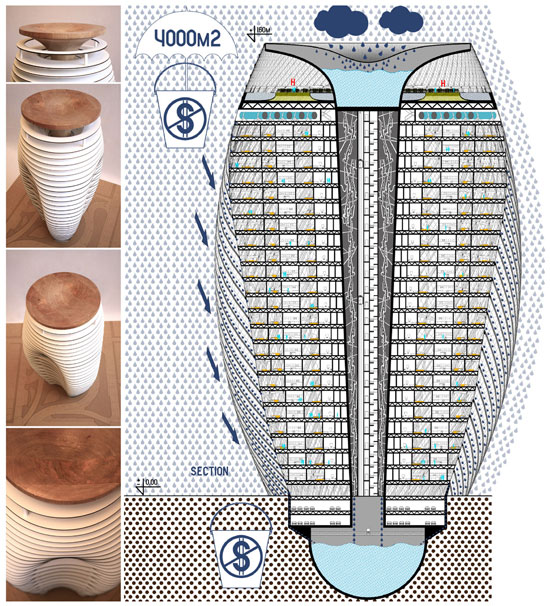Many individuals in building product sales develop significant expertise in their product category. If you have expertise, why not write something and get it published. Becoming a published author can do wonders for your reputation and open the door to new business, job offers, and consulting opportunities.
An example of someone doing this is Scott Tobias, a colleague whom I know through CSI. He is the author of the recently published tome, Illustrated Guide to Door Hardware: Design, Specification, Selection.
Here is the publisher's statement about the book:
An example of someone doing this is Scott Tobias, a colleague whom I know through CSI. He is the author of the recently published tome, Illustrated Guide to Door Hardware: Design, Specification, Selection.
Here is the publisher's statement about the book:
Illustrated Guide to Door Hardware: Design, Specification, Selection is the only book of its kind to compile all the relevant information regarding design, specifications, crafting, and reviewing shop drawings for door openings in one easy-to-access place. Content is presented consistently across chapters so professionals can find what they need quickly and reliably, and the book is illustrated with charts, photographs, and architectural details to more easily and meaningfully convey key information. Organized according to industry standards, each chapter focuses on a component of the door opening or door hardware and provides all options available, complete with everything professionals need to know about that component.John Wiley & Sons, Inc., April 2015464 page, ISBN: 978-1-118-11261-8
When designing, specifying, creating, and reviewing shop drawings for door openings, there are many elements to consider: physical items, such as the door, frame, and hanging devices; the opening's function; local codes and standards related to fire, life safety, and accessibility; aesthetics; quality and longevity versus cost; hardware cycle tests; security considerations; and electrified hardware requirements, to name a few. Until now, there hasn't been a single resource for this information.







